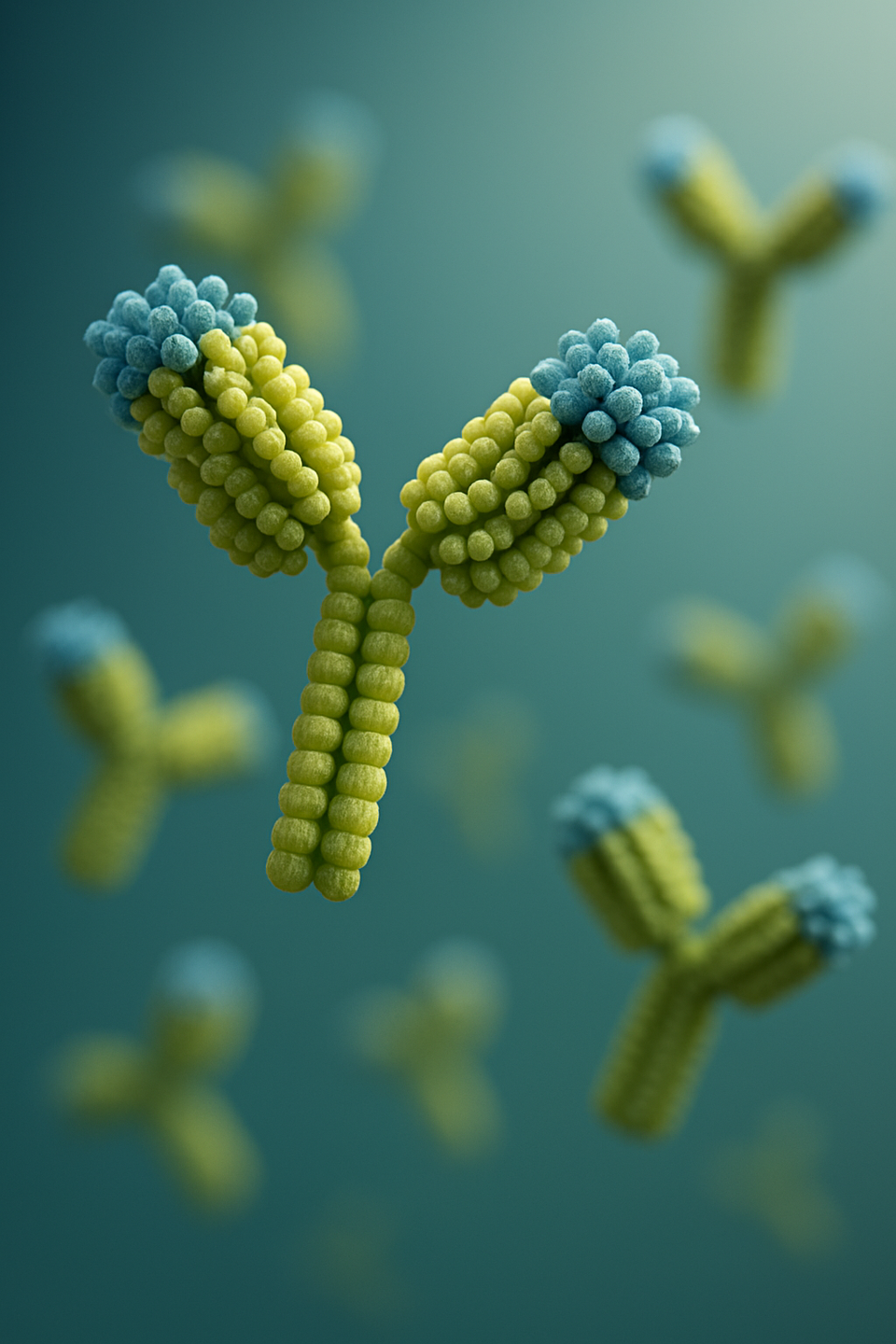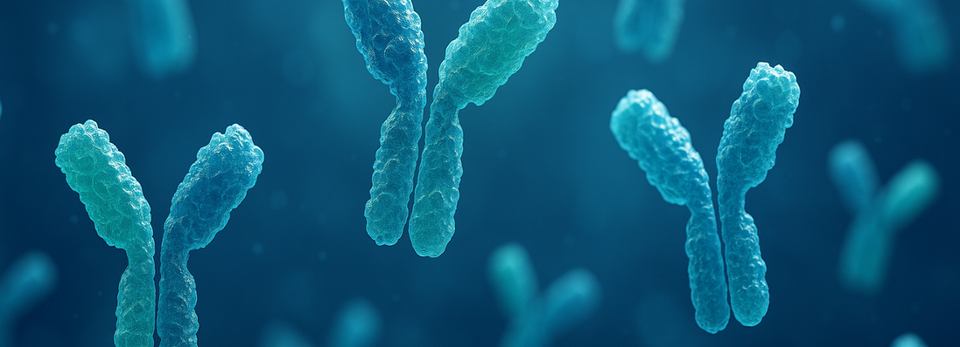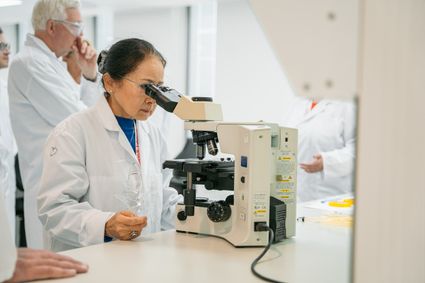LUMC investigates artificial antibodies for medical breakthrough
Researchers at the LACDR within the LUMC have developed a promising synthetic alternative to natural antibodies. These artificial antibodies combine the action of natural proteins with much greater stability and lower production costs. Thanks to the application of peptide and polymer chemistry, these molecules remain stable when heated or frozen, while still being able to recognise specific cells in a targeted manner. This opens the door to new, simpler and safer therapies for patients, without the disadvantages that natural antibodies sometimes entail.
How the innovative technology works
Thanks to their combined expertise in peptide and polymer chemistry, researchers at LACDR were able to create artificial antibodies that resemble natural antibodies. The main difference is that these synthetic variants do not have a complex 3D structure, which makes them much more stable, even when exposed to heat or freezing temperatures. The “bottle brush-like” structure provides strength and flexibility, while specific peptides are added to enable targeted binding with cells. This creates a synthetic particle that behaves just like an antibody, but can be applied more easily and efficiently in therapies.



